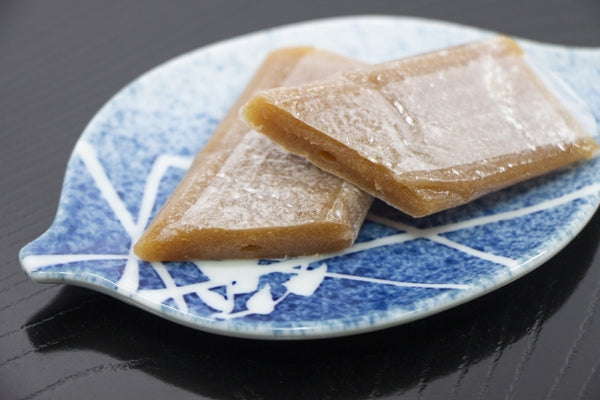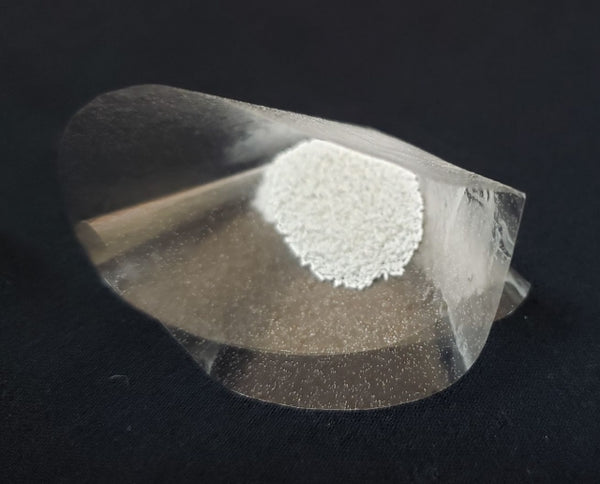Oblaat: Japan’s Edible Candy Wrappers

Oblaat is a very thin, edible wrapper made from rice starch. In Japan, it is used to individually wrap candies to prevent them from sticking together. The wrappers also preserve the candies by absorbing humidity. Oblaat is tasteless, odorless, and transparent. This allows people to eat candies without removing the oblaat.
The History of Oblaat
As you may have guessed from its spelling, oblaat is not a native Japanese word. The wrappers were introduced to Japan in the late 19th century by Dutch pharmaceutical companies. Oblaat was used to wrap bitter medicine powders so they could be swallowed without tasting them. The name comes from the Dutch word “oblaat", which means sacramental bread. This refers to the wrappers’ visual similarity to communion bread when they are unused.

Oblaat was quickly adopted by sweet makers who noticed their moisture-absorbing properties. Thus, they solved the problem of candies sticking together in Japan’s humid weather!
In the West, oblaat is referred to as oblate discs, blate papes, or edible films. They are still used to take powdered supplements and medications and some people find them more comfortable than swallowing a capsule.
Eating Sweets with Oblaat
It can take some getting used to eating sweets with oblaat, but once you do it can even add to the enjoyment. When you first pick up a candy the film will feel just like plastic. However, once you put the candy in your mouth this stiffness will disappear in a matter of seconds as the wrapper dissolves, delivering the delicious treat underneath to your tongue.
Oblaat is used to wrap many dagashi, inexpensive candies traditionally marketed to schoolchildren. Popular examples are bontan ame, a pomelo-flavored rice candy invented in the 1920s, and hyōroku mochi candy, which is available to purchase here on the Kokoro Cares website.
About the author:
 Diarmuid O'Connor
Diarmuid O'Connor



